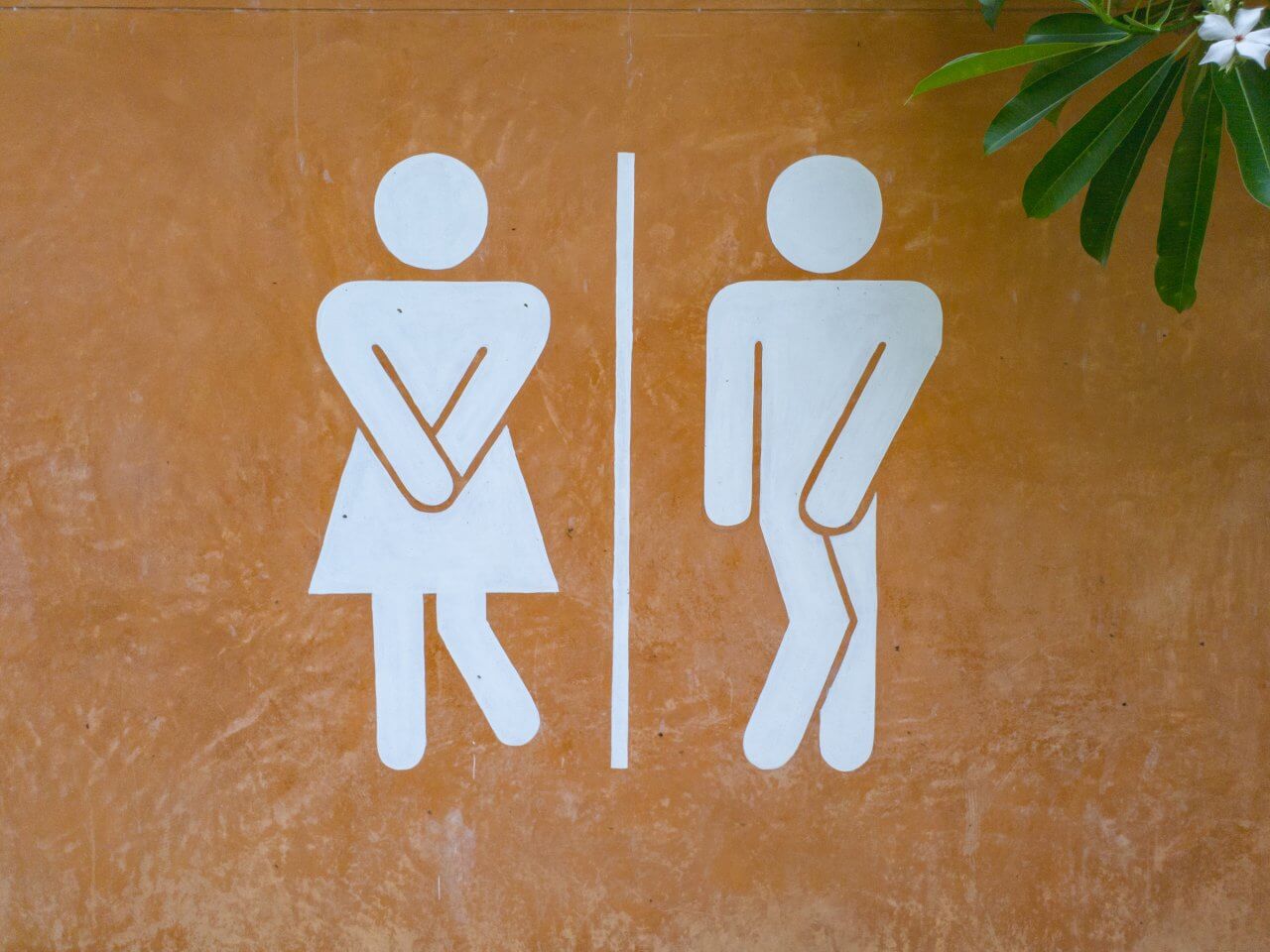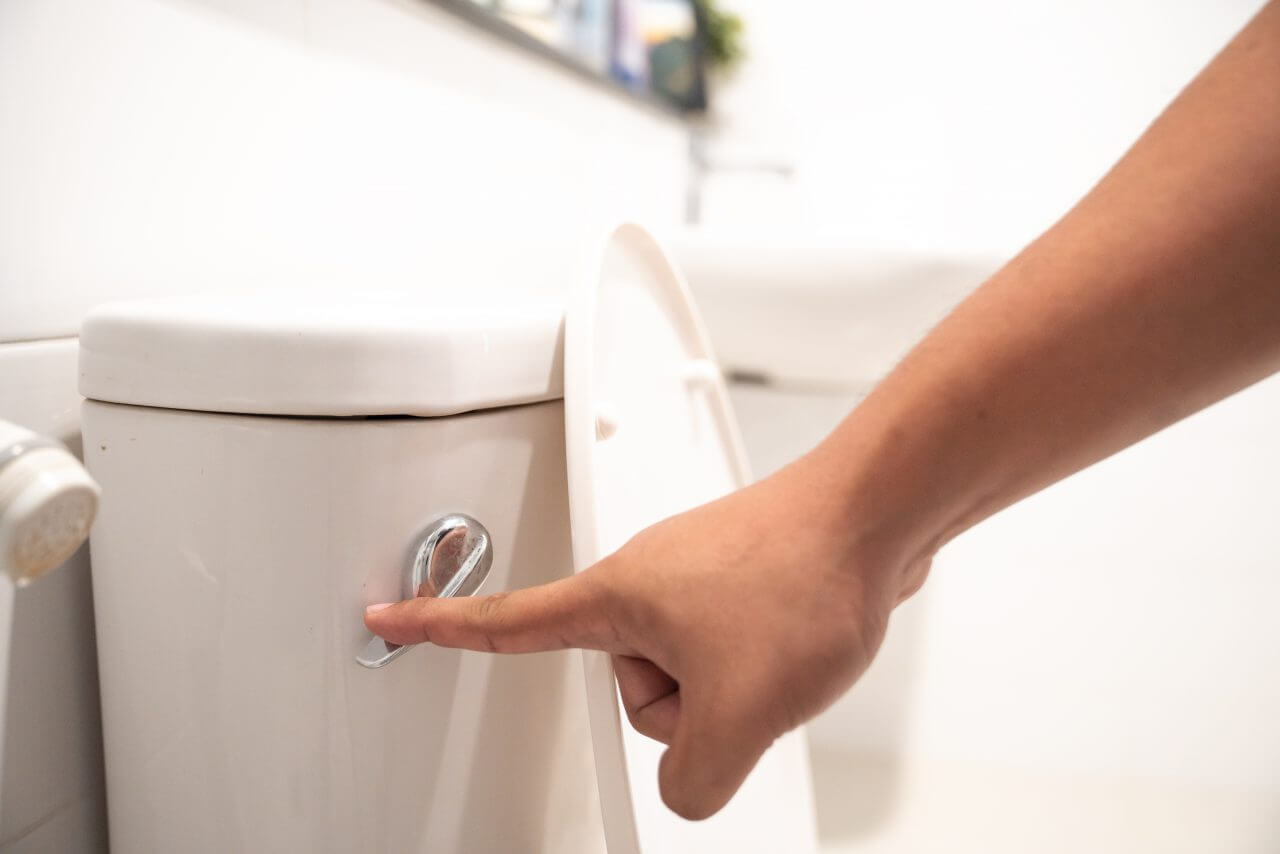Urodynamic Testing Procedure

What is Urodynamic Testing?
Urodynamic testing is used to assess how well the bladder, sphincters, and urethra are able to store and release urine. Your healthcare provider may recommend urodynamic testing if you’re experiencing symptoms such as:
- Urine leaks
- Frequent urination
- Bladder that doesn’t empty completely
- Painful urination
- Sudden, strong urges to urinate
- Problems starting a urine stream
- Recurrent urinary tract infections
Urodynamic Testing: What to Expect
Urodynamic tests differ in that some tests are observational and others use sophisticated instruments for precise measurements. Simple observational tests include:
- Recording the length of time it takes to produce a urinary stream
- Recording the volume of urine produced
- Recording the ability or inability to stop the urine flow midstream
For more precise measurements, a healthcare provider may use imaging equipment that takes pictures of the bladder filling and emptying. Pressure monitors record the pressures inside the bladder. Other sensors record muscle and nerve activity. Depending on the test, a healthcare provider may request that a person make a change in fluid intake or arrive with a full bladder.
What Are the Different Types of Urodynamic Tests?
These are the different types of urodynamic tests that may be recommended by your healthcare provider and what you can expect from each one:
- Uroflowmetry. This test measures the volume and speed of the urine. Specialized equipment measures the amount of urine and how fast the urine comes out. During a uroflowmetry test, a person urinates into a special toilet or funnel that has a container used for collecting and weighing the urine. A graph is then created that shows any changes in urine flow from second to second. This test is performed in a doctor’s office.
- Postvoid residual measurement. This test measures the postvoidal residual, which is the amount of urine left in the bladder after urination. The most non-invasive way to get this measurement is with ultrasound equipment that uses harmless sound waves to create a picture of the bladder. Postvoid residual can also be measured using a catheter, which can be done in a doctor’s office with a local anesthesia.
- Cystometric test. A cystometric test measures how much urine the bladder can hold, how much pressure is built up as it stores urine and how full it is when the urge to urinate occurs. The bladder is emptied with a catheter, then a smaller catheter with a pressure measuring device called a manometer is placed in the bladder. When the bladder is empty, it’s filled slowly with warm water. The patient is then asked to describe how the bladder feels and to indicate when the urge to urinate occurs. This test can be administered in a doctor’s office with local anesthesia.
- Leak point pressure measurement. This measurement is taken at the point of leakage during a cystometric test. The pressure measuring device that’s inserted during a cystometric test measures the pressure inside the bladder when leakage occurs. To evaluate the sphincters, a person may be asked to try exhaling while holding the nose and mouth, cough or shift positions to put abdominal pressure on the bladder.
- Pressure flow study. Following a cystometric test, the patient empties the bladder and the pressure and flow rate are measured by a manometer. In men, this test helps identify blockage that can be caused by an enlarged prostate. Bladder blockage is less common in women and can occur after surgery for urinary incontinence, but this is rare.
- Electromyography. Electromyography uses sensors to measure the electrical activity in muscles and nerves around the bladder and the sphincters. This test is used if the healthcare provider suspects that a urinary problem is related to muscle or nerve damage. This test can be performed in the doctor’s office. Anesthesia is only needed if the sensors are placed on a urethral or rectal catheter.
- Video urodynamic tests. These tests take pictures and videos of the bladder filling and emptying. If x-rays are used, the bladder is filled with a contrast medium that shows up on x-rays. If an ultrasound is used, the bladder is filled with warm water and harmless ultrasound waves are used to take pictures of the bladder. These tests can be performed in a doctor’s office and local anesthesia is needed to insert the catheter.
Urodynamic Test Results Interpretation
Find a Baptist Healthcare Urology provider if you have additional questions about urodynamic testing or how to interpret your test results.



